Update on the Long Driveway Bed (with photos)
13 years ago
Related Stories
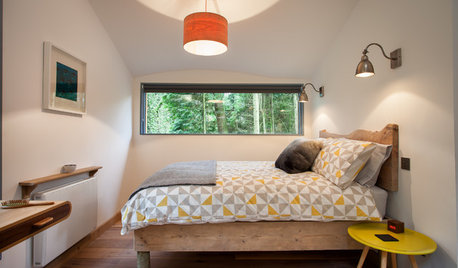
BEDROOMS10 Reasons to Update Your Bedding
Are you stuck in a duvet cover rut? Freshen up your linens and transform your bedroom in the process
Full Story
INSIDE HOUZZHow Much Does a Remodel Cost, and How Long Does It Take?
The 2016 Houzz & Home survey asked 120,000 Houzzers about their renovation projects. Here’s what they said
Full Story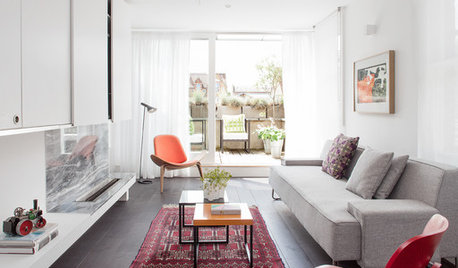
DECORATING GUIDESAsk an Expert: How to Decorate a Long, Narrow Room
Distract attention away from an awkward room shape and create a pleasing design using these pro tips
Full Story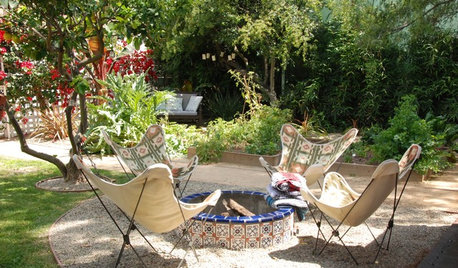
HOUZZ TOURSMy Houzz: An Outdoor Entertaining Paradise in Long Beach
A 1929 Spanish-style home’s open layout and multiple courtyards provide lots of room for a California couple to socialize
Full Story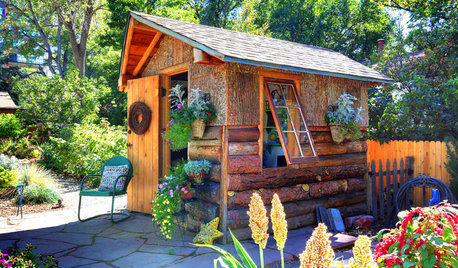
SUMMER GARDENINGPhoto Gallery: Summer Gardens Take a Bow
Home gardeners amazed us with photos of their flower beds, sheds and outdoor rooms. Take a look and get ideas for fall planting time
Full Story
GREAT HOME PROJECTSHow to Give Your Driveway and Front Walk More Curb Appeal
Prevent injuries and tire damage while making a great first impression by replacing or repairing front paths
Full Story
BEDROOMSInside Houzz: A Guide to Updating Your Master Bedroom
Using data from a new Houzz survey, we share how you can better navigate the task of tackling a bedroom project
Full Story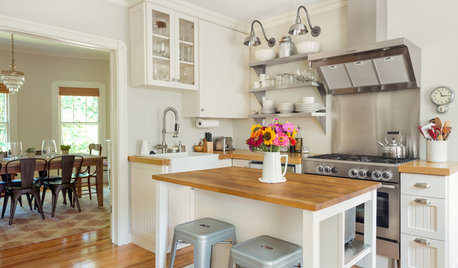
HOUZZ TOURSMy Houzz: Bright and Cheerful Updates to an 1890s Colonial Revival
Modern tweaks, including a kitchen overhaul, brighten a family’s home
Full Story
HOUZZ TOURSHouzz Tour: Updates Honor a 1930s Cottage's History
The facade stays true to the original, but inside lie a newly opened layout, higher ceilings and 600 more square feet of space
Full Story






PVick
lgslgs
Related Professionals
Willowick Landscape Architects & Landscape Designers · East Patchogue Landscape Architects & Landscape Designers · Anderson Landscape Contractors · Edmond Landscape Contractors · Bedford Heights Landscape Contractors · Columbine Landscape Contractors · Dudley Landscape Contractors · East Chicago Landscape Contractors · Flagstaff Landscape Contractors · Lemay Landscape Contractors · Melrose Landscape Contractors · Newberg Landscape Contractors · Royal Oak Landscape Contractors · Tinton Falls Landscape Contractors · Woodland Landscape Contractorsdem_pa
terrene
gardenweed_z6a
paulan70
PamchesbayOriginal Author
tiffy_z5_6_can
trudi_d
PamchesbayOriginal Author
pitimpinai
pitimpinai
trudi_d
token28001
terrene
PamchesbayOriginal Author
lgslgs
PamchesbayOriginal Author
ghoghunter
drippy
PamchesbayOriginal Author
kqcrna
lgslgs
PamchesbayOriginal Author